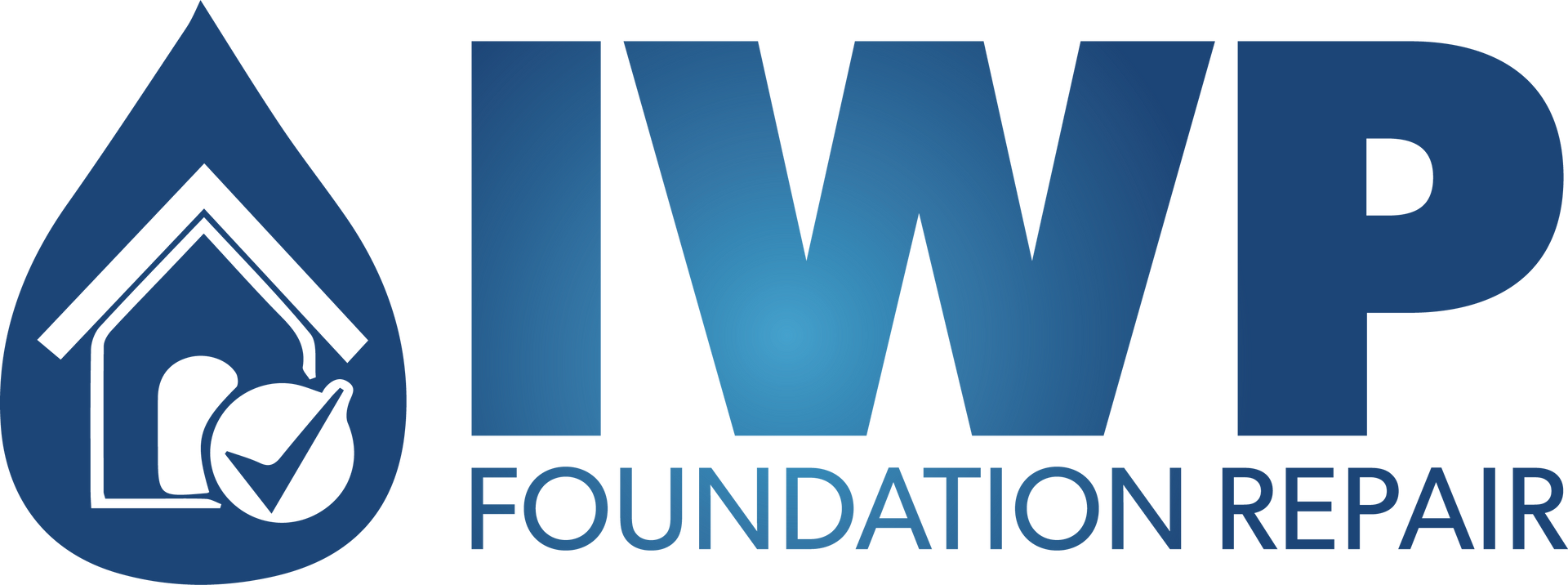Common Symptoms: Bowing Walls
Bowing walls are a common symptom of foundation issues in basements in Wichita, Kansas. When rain or melting snow soaks into the soil, hydrostatic pressure can build up on your foundation walls causing them to crack, lean, or bow. Poor drainage, poor waterproofing, and foundation cracks can make the problem even worse.
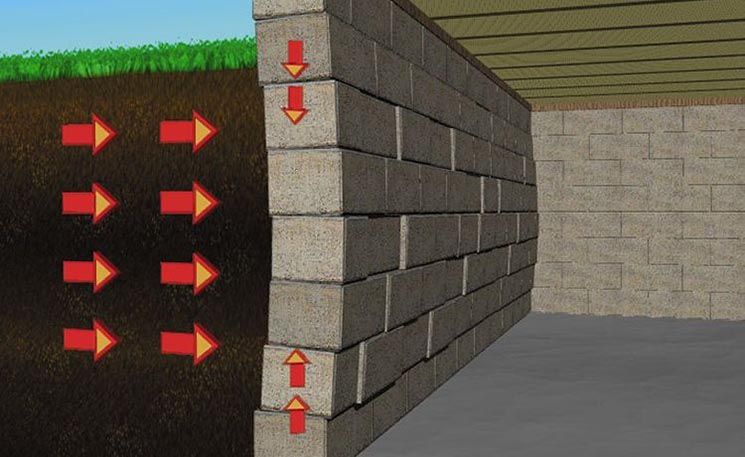
Bowing walls are a common symptom of foundation issues in basements in Wichita, Kansas. When rain or melting snow soaks into the soil, hydrostatic pressure can build up on your foundation walls causing them to crack, lean, or bow. Poor drainage, poor waterproofing, and foundation cracks can make the problem even worse.
What is a Bowing Wall?
A bowing wall is a result of the pressure buildup pressing in on a foundation wall causing it to curve or bow inward. Due to the possibility of collapse, bowing walls are a hazard to your home and should be repaired by professionals. We have multiple solutions, including foundation wall supports, that will help you fix the problem at hand. Give us a call if you notice any of these signs, we’ll help in every way we can to assure your home is a safe, secure, and healthy environment. These signs may appear alongside your bowing walls or even stand alone. Signs of a bowing wall for further foundation issues include:
- Sticking doors or windows
- Cracks in your floors or walls
- Leaning or tilting chimneys
- Visibly leaning or bowing wall(s)
- Water damage or puddles
IWP can help your Bowing Walls with Foundation Wall Supports
Any of these problems point to a need for bowing wall repair. Contact IWP Foundation Repair today for more information on how you can keep your home safe. We have many years of experience and are a team of professionals. We also use Earth Contact Products or ECP for our foundation repairs, so you can rest easy knowing your repairs are completed with high-quality products that will last for years to come. ECP has foundation wall supports that are perfect for bowing walls. Give us a call today to schedule your inspection and estimate or to learn more about the services we offer and how we can help you to keep your home safe and secure from foundation issues and water problems.


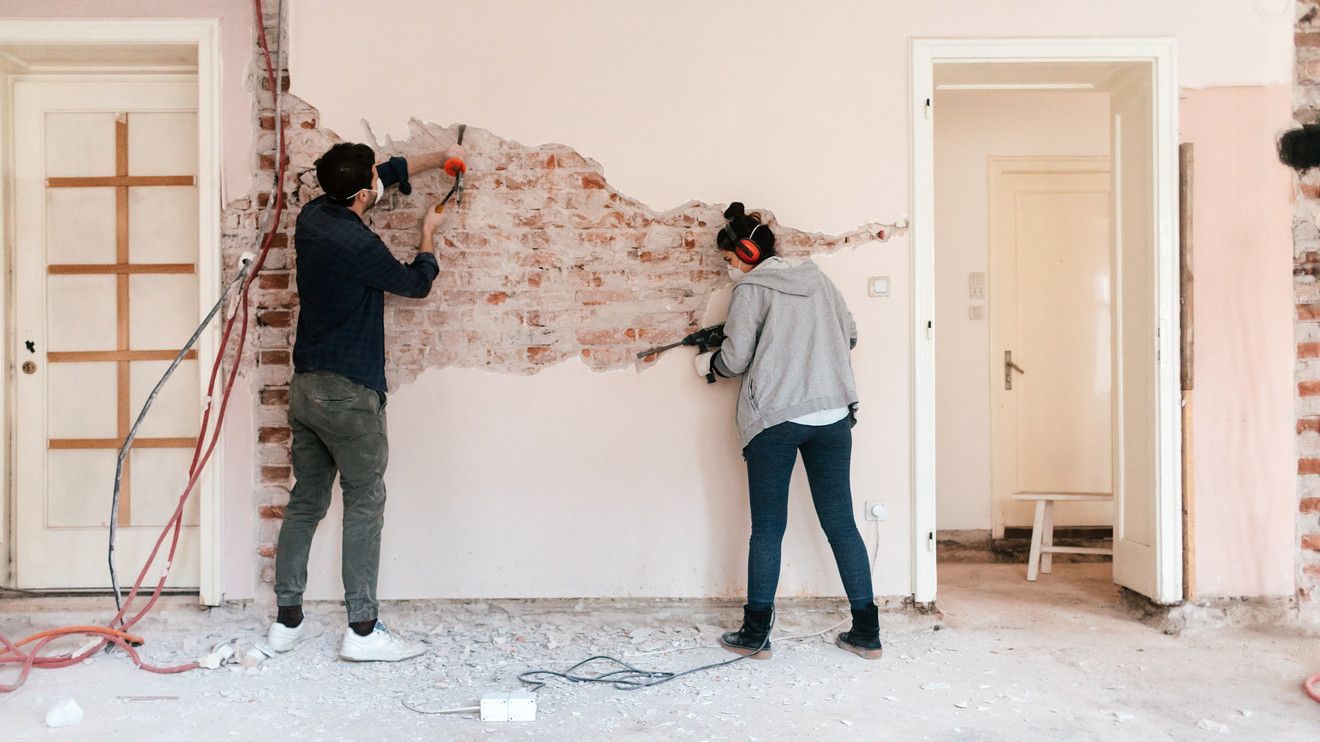

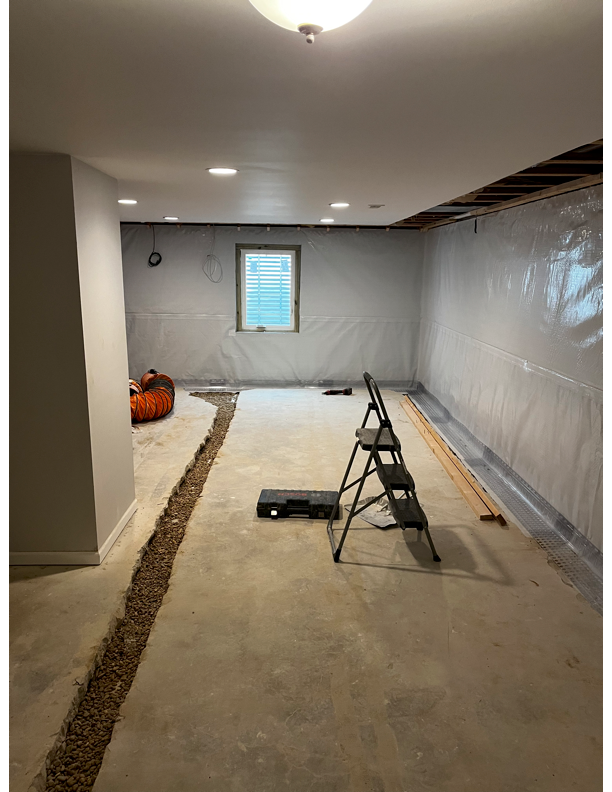
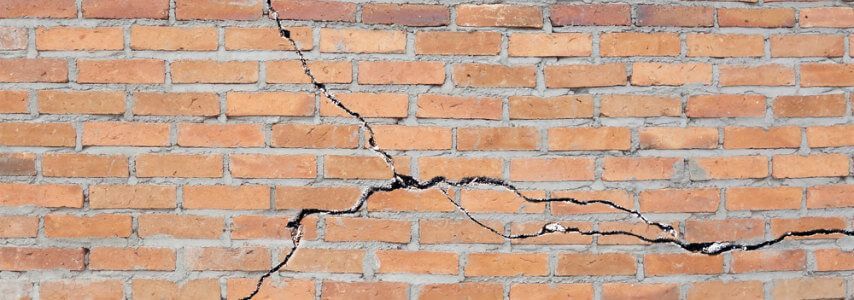

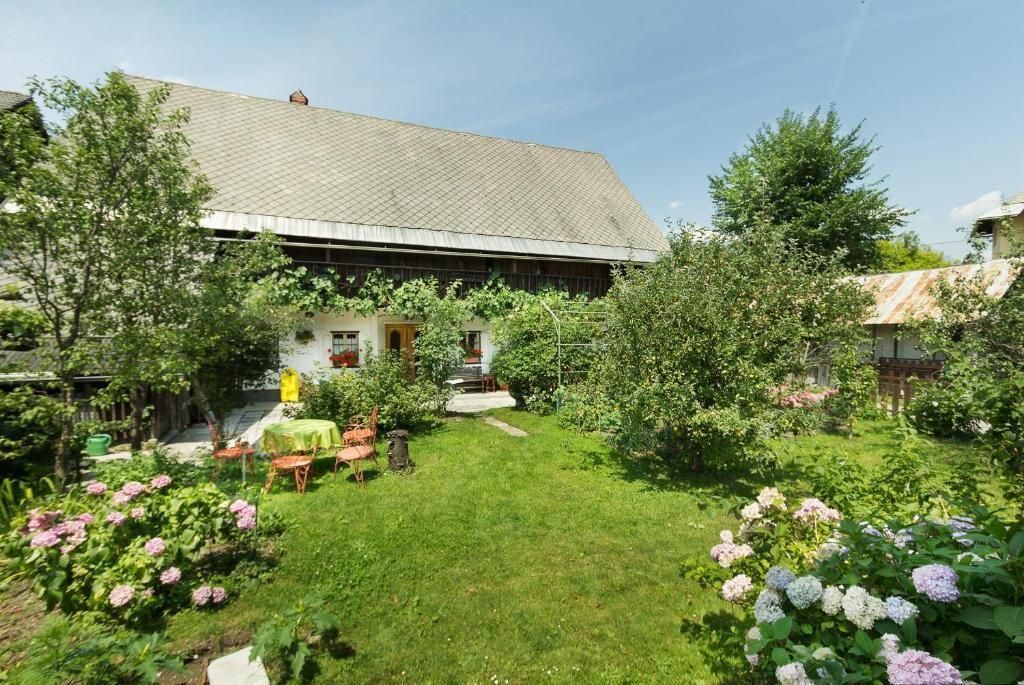

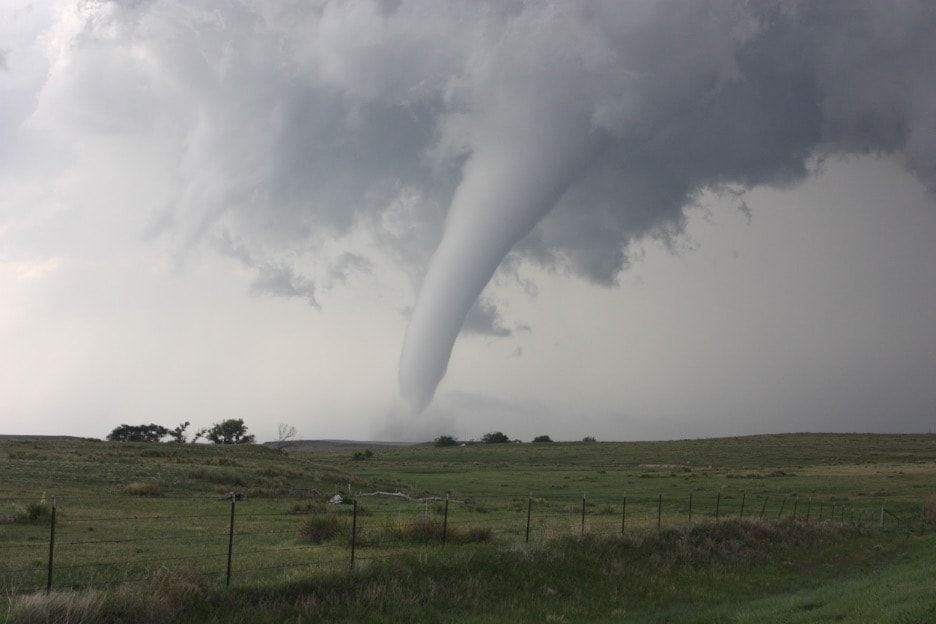
HAVE PEACE OF MIND WITH IWP FOUNDATION REPAIR
With over 30 years of combined experience in the business, you know that you can trust our team to get the job done right the first time. We value the customer experience, which is why we take the time to listen to your concerns, answer all your questions, and explain the best plan of action for your home. If you’ve noticed any foundation issues at all, no matter how minor they seem, you should call a professional. Our expert team is waiting for you, so call today for a free evaluation!
